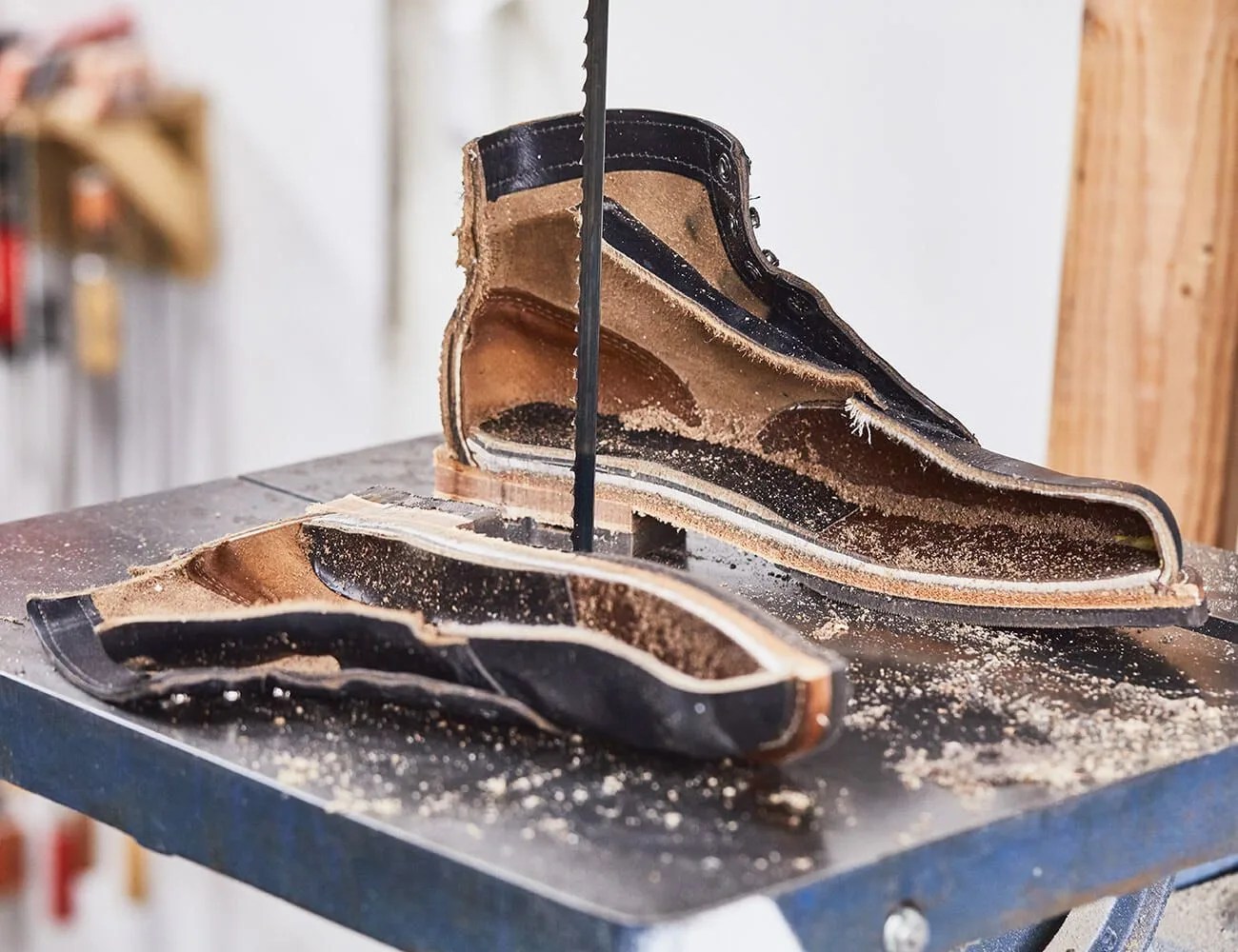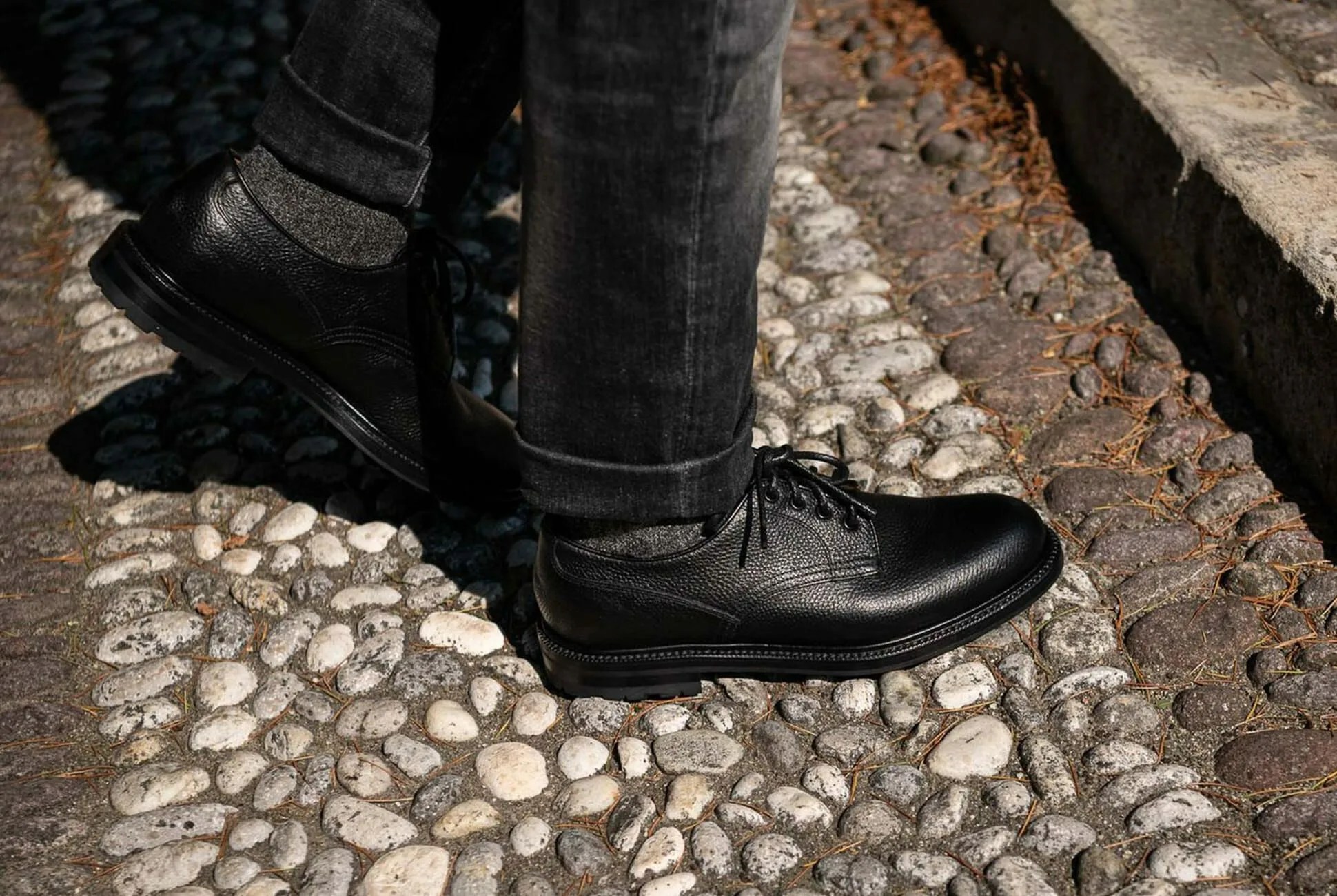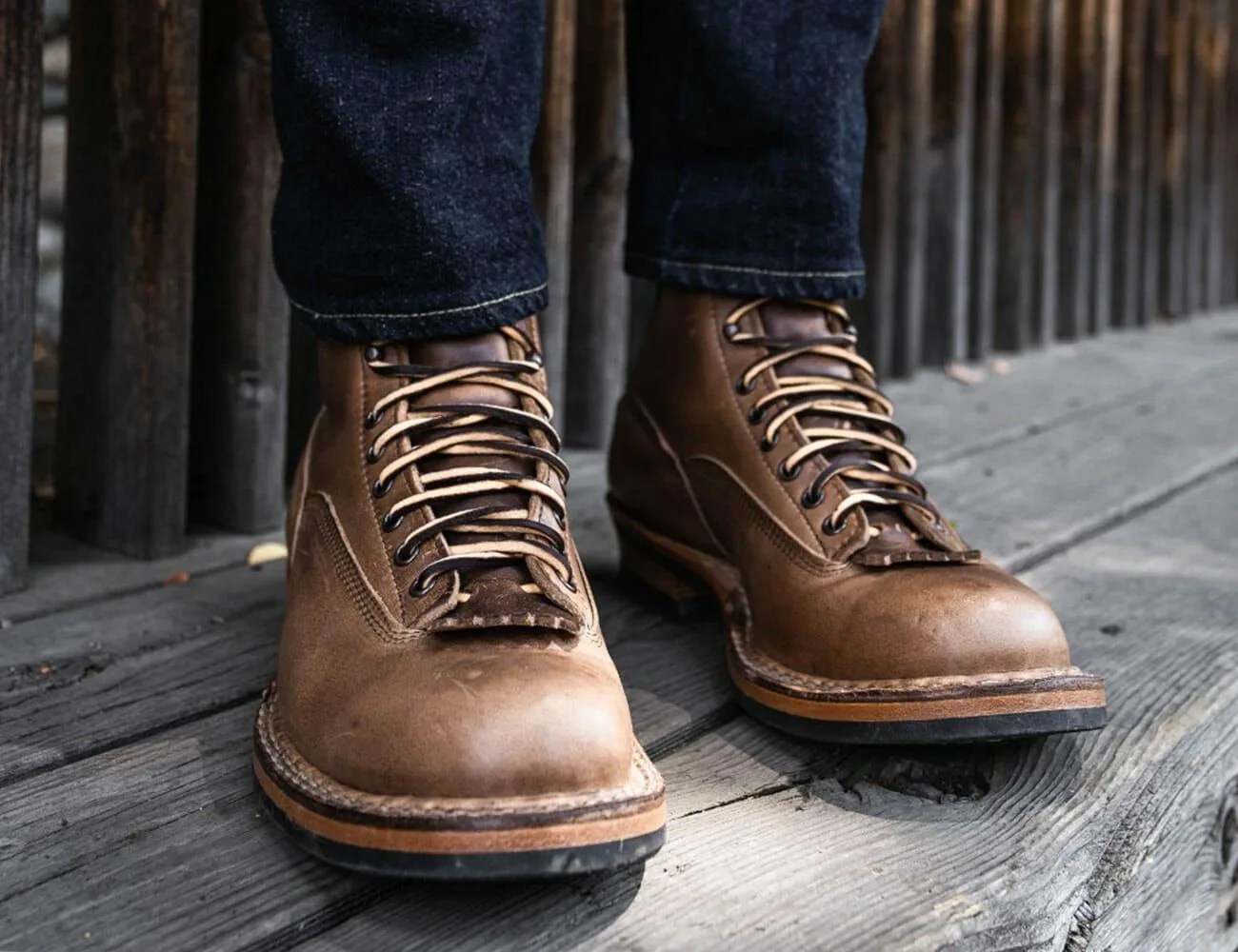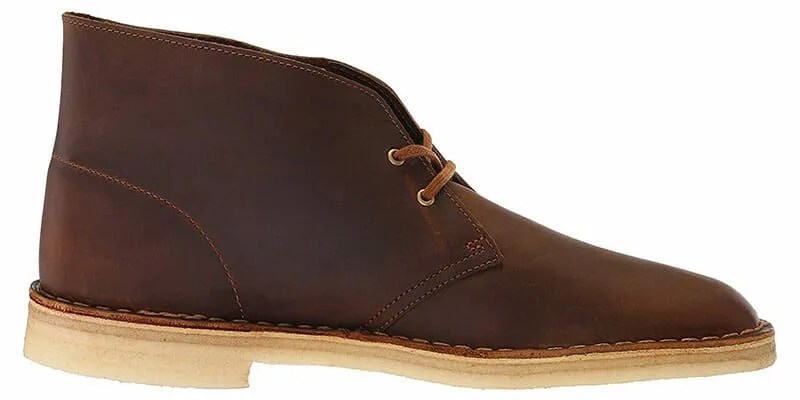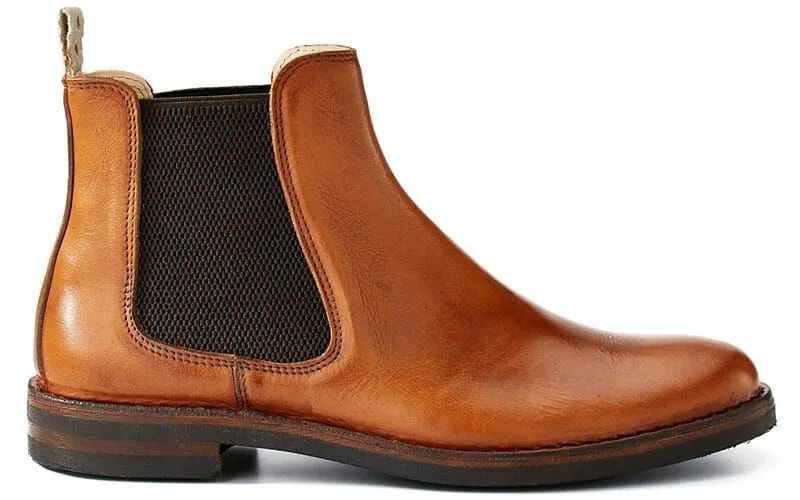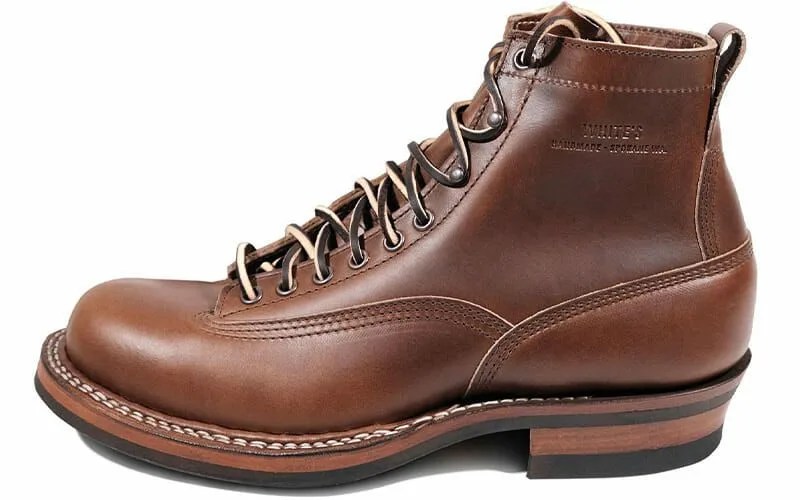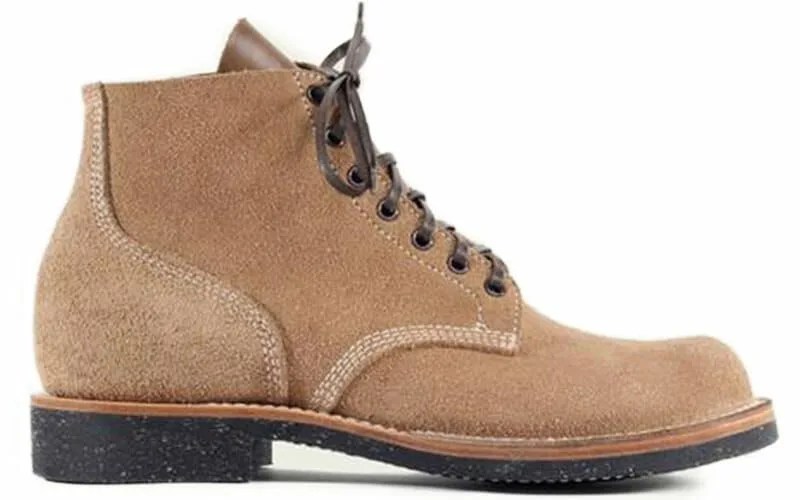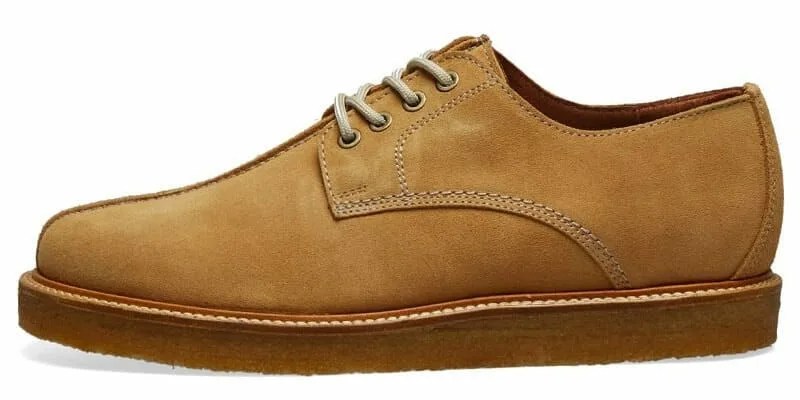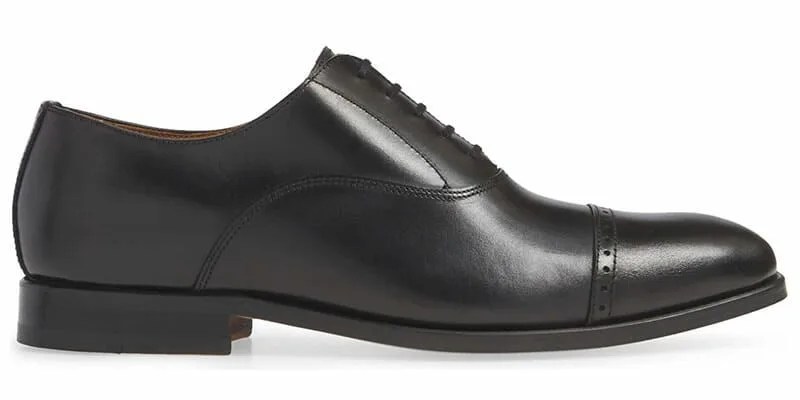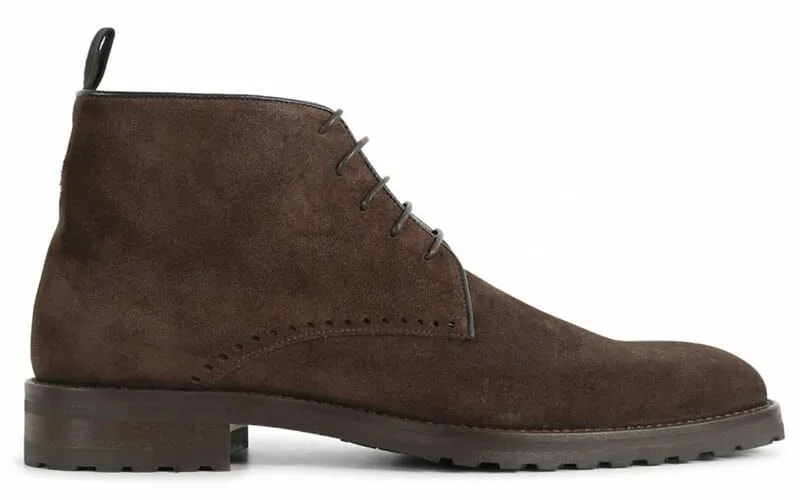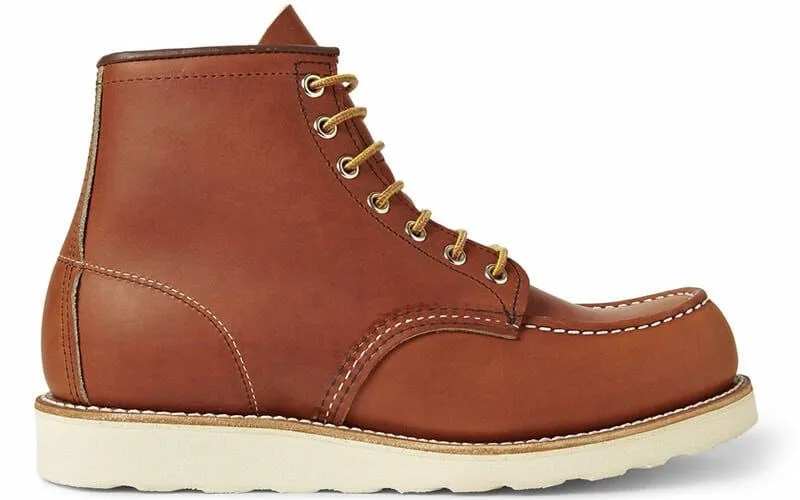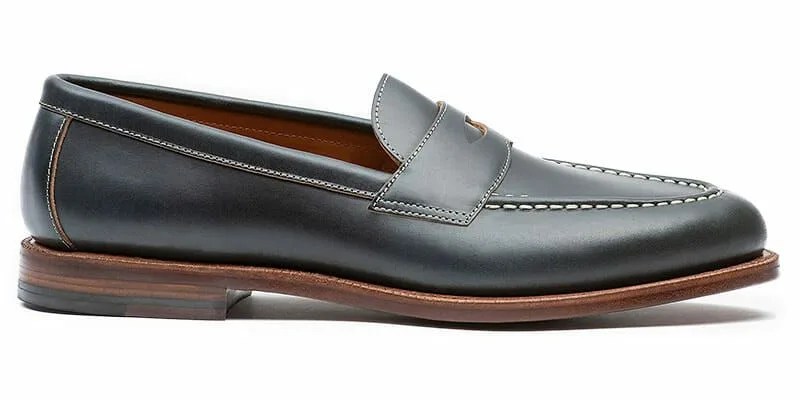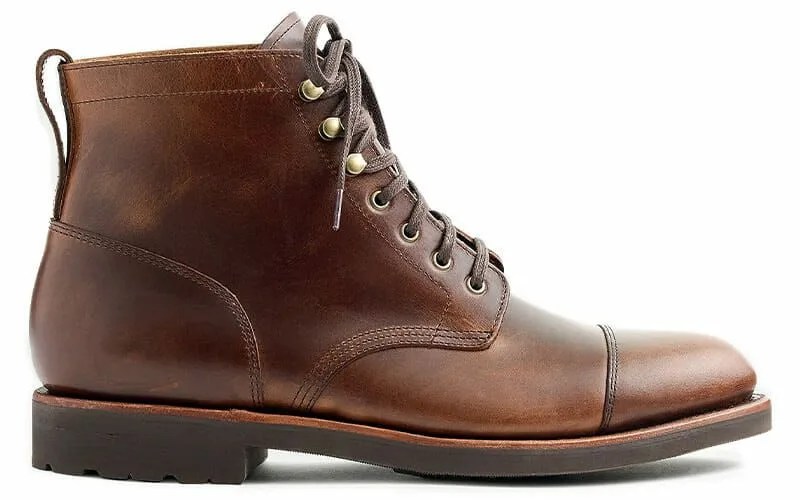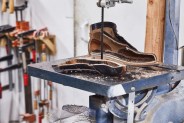Shoes that hit the sweet intersection of cost and quality require a discerning eye to spot. How do you know whether a pair of shoes is worth it? Generally speaking, if you want your shoes to keep kicking for years and years, they’ll most likely run you at least $250 or $300. That’s a chunk of change not everyone has or is willing to put down enthusiastically.
While there’s an entire universe of cordwaining nerdery that can go into a pair of shoes, we’ll be focusing on the baseline of what makes a pair of quality shoes. For us, that means a really good bang for your buck; a high cost-per-wear and that comes down to two fundamental components: sole construction and the upper.
Sole Construction
Before looking at anything on a boot, look at the sole construction. This will tell you whether or not a boot is even worth considering. The soles will give out long before anything else (in theory) and if you want your investment to go the literal distance, making sure a boot can be resoled is imperative.
Shoes that use stitched sole construction can be easily resoled. There are a variety of stitched methods including Goodyear welt, Blake stitch, stitchdown, Norwegian and more, each of which will be able to handle several resoles before the shoe gives out entirely. Generally speaking, Goodyear-welted construction will last longer than Blake stitch construction because the welt adds another layer of protection between the sole and insole. Stitchdown construction, as the name implies, features an upper stitched down to the midsole. On the other hand, Blake stitch construction stitches the sole directly to the insole and the upper. This results in a lighter shoe with a sleeker profile that is still able to be resoled, however, it cannot withstand as many resoles.
Contrary to what’s been spouted online, cemented shoes — those with an upper glued to the sole — can be resoled. But there are notable downsides. Because the soles are fixed to the upper, detaching them can be tricky. The equipment required to detach and resole cemented shoes isn’t as common in shoe repair shops. And, the lack of capable cobblers to perform the operation is accompanied by the fact that the price of repair almost negates the resole since most cemented shoes are significantly less expensive compared to stitched styles. So, while you could theoretically get a pair of Vans sneakers resoled, it would be cheaper to just buy a new pair. Broadly speaking, as unsustainable as it is, people don’t buy cemented shoes to have them resoled.
Be wary, however. Some shoe manufacturers will make shoes that look like they have a welted or stitched construction but are actually just cemented. They’ll do this by adding decorative stitches or welts. If a shoe looks like it has a stitched sole, but doesn’t come from a reputable manufacturer and is priced lower than $120, it’s probably too good to be true.
